Published: 2nd November 2023 | Author: Tanya Russell
To identify genuine bronze, it is helpful understand what real bronze is composed of, so you can spot materials pretending to be bronze. It is helpful to know how artists normally certify their work as real. And it is helpful to know where to look on the statue itself to identify if your bronze sculpture is really authentic or not.
Here’s what we’ll cover in this article:
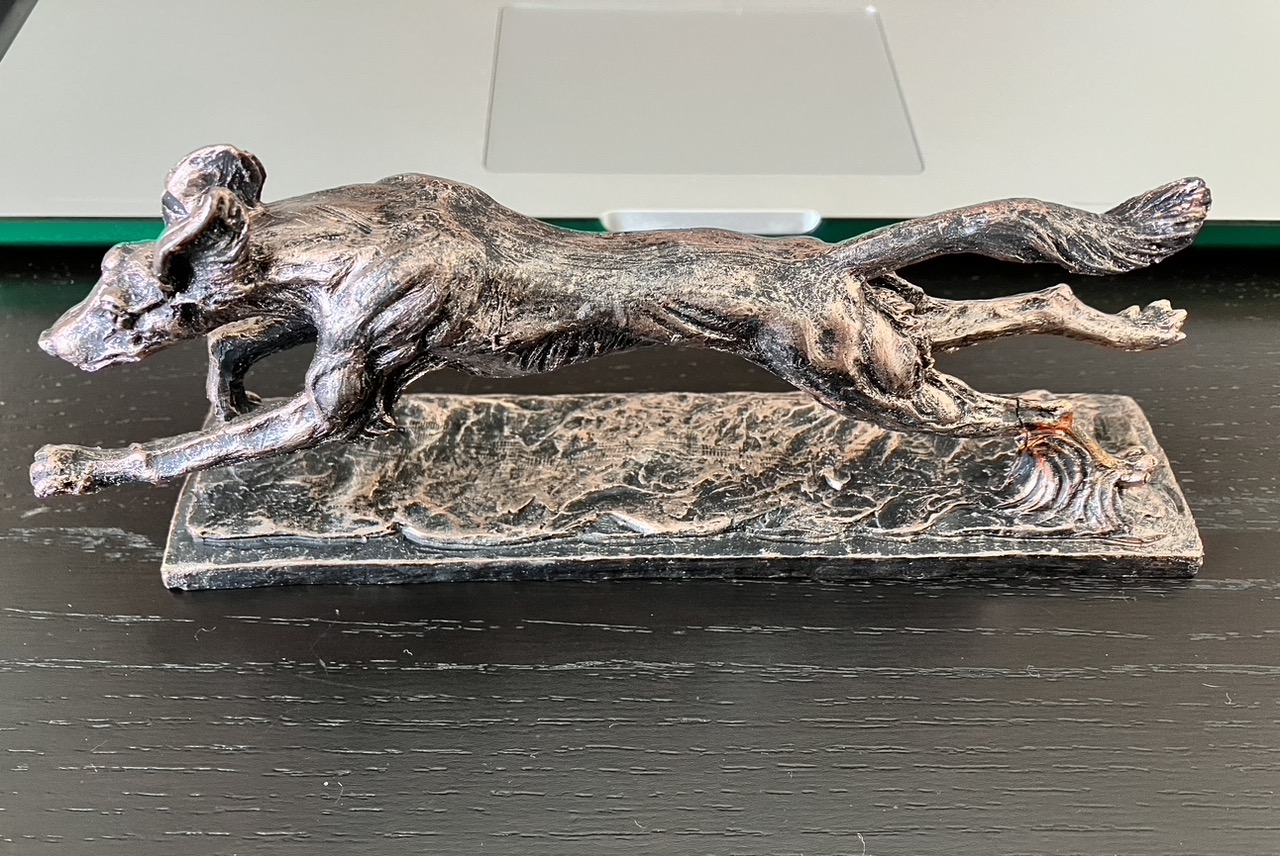
FAKE, POORLY MADE RESIN SCULPTURE: This counterfeit bronze resin running saluki was made in China, and copied from the photos from our website. The piece is poorly made, fake, and broke in the post.

REAL FOUNDRY BRONZE SCULPTURE: Our genuine Running Saluki sculpture is only made in foundry bronze metal. This is so the ankle is strong enough to support the one-legged running pose.
What is real bronze made of?
Bronze is a copper and tin alloy that is shaped using a traditional method of bronze casting. These two metals can be mixed together in varying proportions to create different types of bronze alloys. The copper content can range from 60% to 90%, while tin makes up the remaining percentage. Statuary bronze is normally around 85%-90% copper. This combination, along with the patination (surface colouring) process, gives bronze its distinct and desirable reddish-golden-brown colour. You can read more about foundry bronze in our article on the differences between foundry bronze and cold cast metal. The most common imitation bronze uses real bronze powder. Legitimately known as Bronze Resin, and sometimes slightly misleadingly called ‘Cold-Cast Bronze’ this is a cheaper material designed to look like bronze, that is one of the easiest ‘fakes’ to identify.Tips To Identify a Real Bronze Sculpture
- Sound Test: This is generally the easiest way to identify a real bronze. To test, gently tap the sculpture with your finger or a solid object like a wedding ring. Real bronze produces a clear, resonant sound, often described as a “ping.” Fake bronze or other materials may produce a dull thud or plastic sound.
- Weight: Authentic bronze sculptures are generally heavy due to the density of the metal. If a sculpture feels unnaturally light, it may be a sign that it’s not made of genuine bronze. However, sometimes bronze resin can be heavier than foundry – when it is large enough to be filled with a filler such as stone dust (as outlined in our article.)
- Patina: Bronze develops a unique patina over time as it reacts with the environment. This patina can vary in colour, from green to brown to black, depending on factors like exposure to air and moisture. Genuine bronze sculptures often exhibit this natural patina, while fake bronze pieces may lack it or show signs of artificial patination.
- Bronze glows (& the Scratch Test): Bronze is hard to identify when it is visible under the layers of wax and patination, particularly without another statue you can reference for comparison. If you can place a Bronze Resin next to a Foundry Bronze metal statue, the foundry bronze will have a deeper colour, because the higher concentration of bronze reflects more light, and the material itself has a deeper, red-gold colour than is possible to achieve using bronze powder mixed with resin. However, if the base of the statue is bare, or open, you may be able to make a discreet scratch somewhere – the newly revealed bronze underneath will shine bright gold. If you scratch over texture, your scratching tool should ‘bump’ along the top ridges, marking the high points of the metal, rather than smoothly cutting into the surface regardless, as though it was a soft material like plaster.
- Details and Quality: Pay close attention to the level of detail and quality of the sculpture. Authentic bronze sculptures are typically meticulously crafted, with intricate details and a high level of artistry. Replicas may lack the same level of precision.
- Signature and Markings: Many artists and foundries mark their bronze sculptures with a signature or a foundry mark. We recommend researching the artist or foundry to verify the authenticity of any markings you find.
- Bronze is cast hollow unless it is very small: You can’t cast bronze too thick, or the shape distorts when the metal cools. Because only the smallest bronzes are solid, you may be able to look at the base of your bronze statue. If it is accessible the the inside should be hollow, or plated with bronze (which will appear to be badly coloured and can still tell you a great deal using the scratch test). Many bronzes are based, and the stone or wooden base will have fixings underneath it that may be covered by a thin piece of felt or baize. Removing the felt will give you access to the fixings to remove the base. Be gentle so you’ll be able to replace it after your check. Replacement felt is easy to find online.
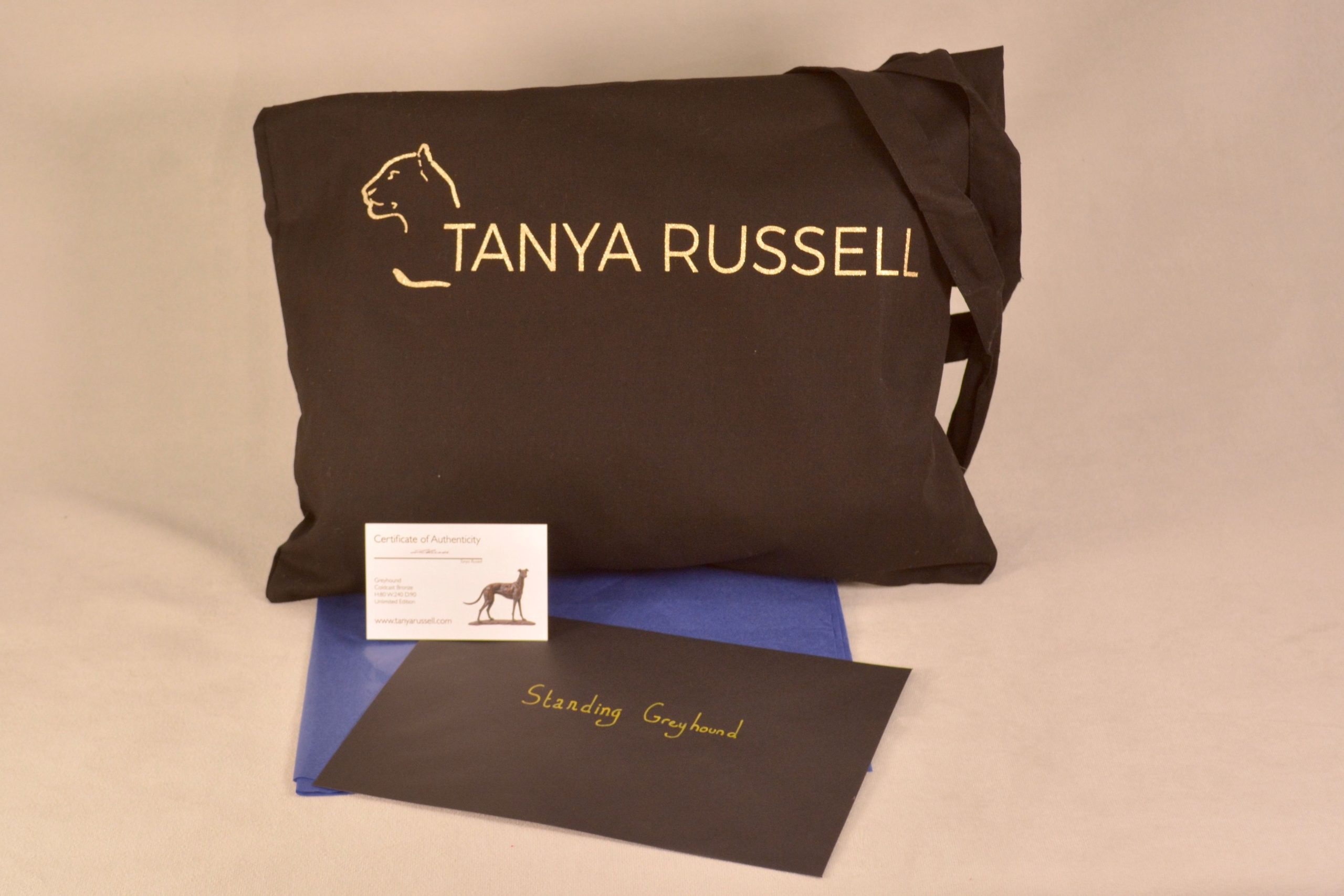
Certificate of authenticity for Tanya Russell bronze sculptures.
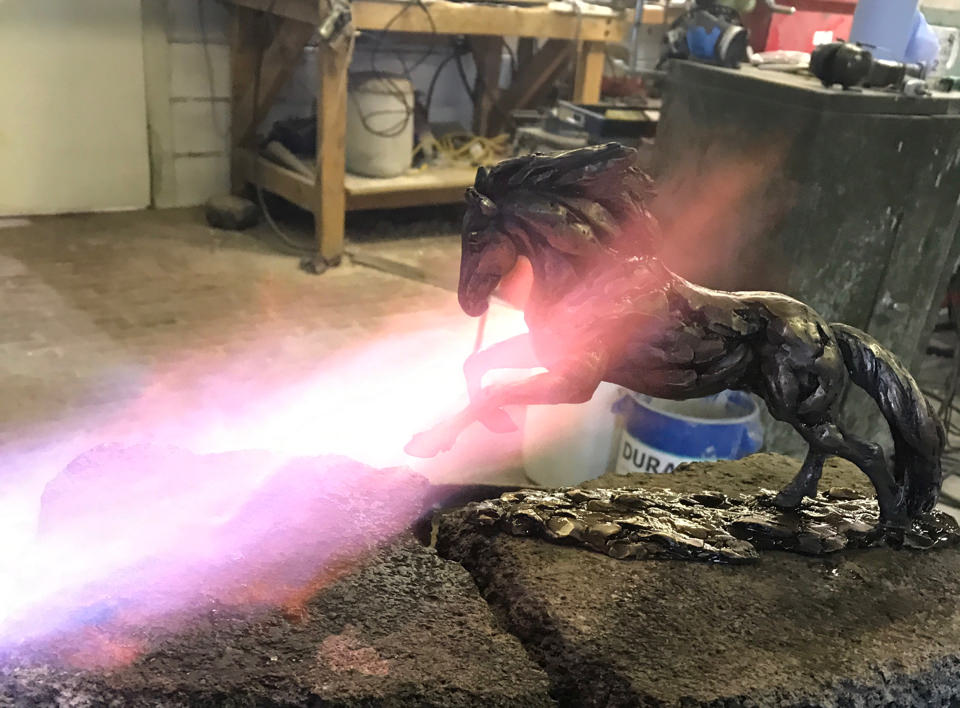
Patination process for true bronze sculptures.
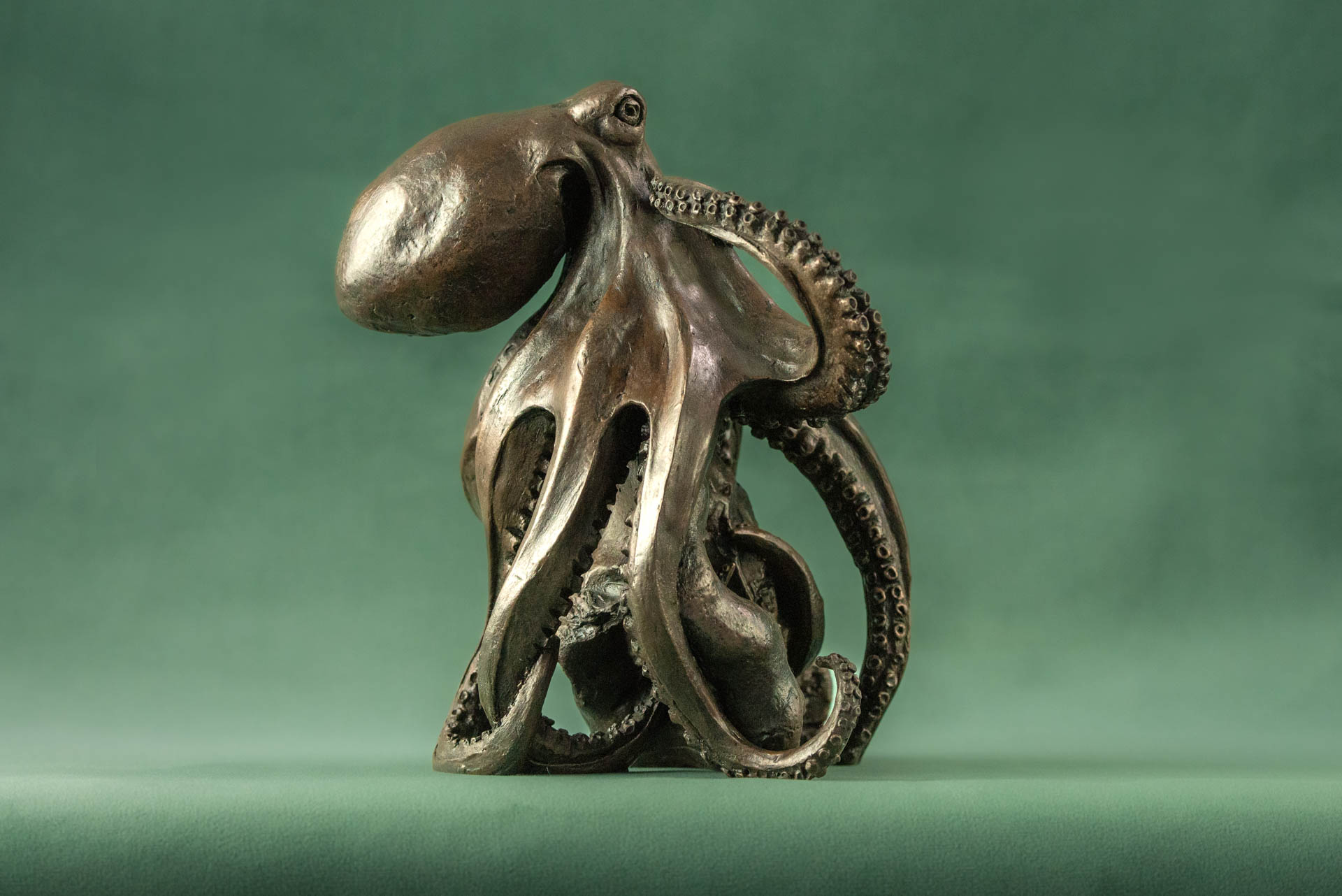
Meticulous detail and craftsmanship on our Octopus sculpture
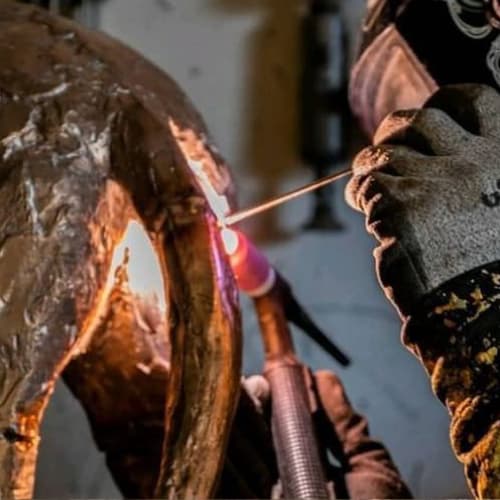
Other metals react differently to repairs. Some ‘burn’ when repairs are attempted at a bronze foundry.
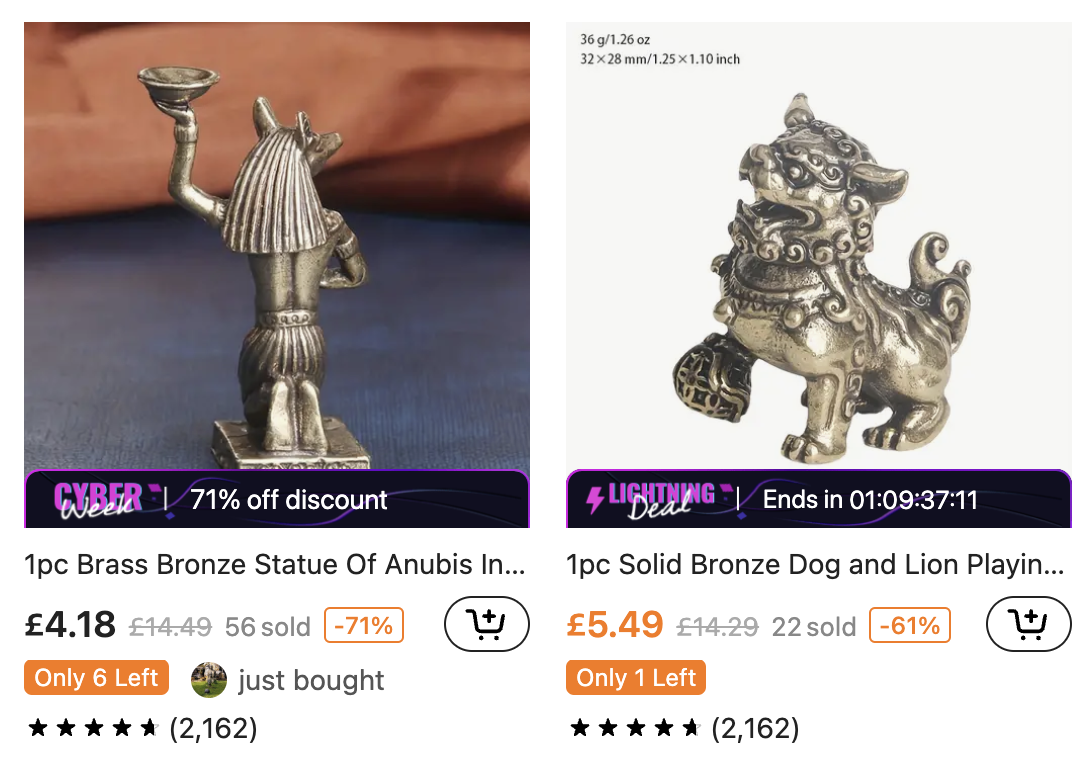
Very low prices are highly likely to be fake.
How to Spot a Fake Bronze Sculpture
There are a very large number of metals that have a similar finish to bronze, and which may be passed as imitation bronze statues. This is important because the other metals used in counterfeits may be prone to corrosion, or are more fragile, or their surface colour may not last as long. And they will always be less valuable materials.
But this is harder to check! So here are some red flags to watch out for:
- Flaking or Chipping: Real bronze is very durable and the surface colour is a very thin layer, covered by wax. It does not flake or chip easily as some imitation metals will. An imitation metal may need a thick, or painted on coating to disguise it, so flaking will reveal the true metal underneath. Plaster or resin can be convincingly disguised, but it is damaged much more easily!
- Lack of Patina: Bronze sculptures develop a patina over time. Old bronzes are often very, very dark. They may also exhibit colour variation such as green verdigris. If the sculpture lacks patina or has an inconsistent, artificial-looking patina, it could be a fake.
- Inconsistent Colour: Underneath the antiquing, raw bronze has a characteristic reddish-gold colour. If the sculpture is freshly scratched in a discreet area (like on the base) and is gold in colour, it is likely to be something else.
- Maleability: Authentic bronze is slightly maleable in the thinner parts (it makes an artist cry, but one of the foundry’s most important tools is a ‘correctional’ hammer!) Bronze will bend when subject to moderate force, but this is not normally a test I’d recommend you try.
- Low Cost: If you come across a bronze sculpture at an unusually low price, you would be right to be sceptical. Real bronze sculptures are often highly valuable due to the craftsmanship and materials involved, so a cheap bronze would be a red flag. They can be made more affordably, in East Asia and Mexico for example. But you’d need to trust that a proper quality control process is in place, otherwise you might think you are buying a cheap bronze, but are receiving overpriced junk.
- Poor Workmanship: Inspect the seams and joints of the sculpture. A poorly cast sculpture with visible seams or rough edges is more likely to be a fake. Counterfeits are cheap, so makers of fakes do not lavish them with care in the metal finishing stages.
- Origin: Some parts of the world have less developed intellectual property laws and no consistent history of enforcing them. China and parts of East Asia have a poor reputation for manufacturing hundreds of fakes.
- Magnet Sticks: Bronze is not magnetic. If a magnet sticks to the sculpture, it’s likely not made of real bronze. It might be coated nickel, or steel. BUT!! High copper content will slow a moving magnet, and foundry bronze has a very high copper content! So a magnet sliding on a sheet of copper, or bronze will slow down, but not adhere. This may help us with the closest imitation materials, low quality bronze, or brass – where a magnet will slide off more quickly because there is less copper (the most expensive element) in the metal.
- Discovering the statue is not real bronze during repair: A bronze foundry may attempt to weld your statue to fix some accidental damage – and the ‘bronze’ may smoke and burn – because the bronze alloy is filled with cheaper materials, such as recycled tin cans, and scrap car parts, to bulk the material and make the finished product cheaper!
Is the sculpture really made by the artist, or is it counterfeit?
Identifying a fake bronze sculpture can be a challenging task, as sadly forgers have become increasingly sophisticated. In reality you purchase at your own risk, and the client is almost always less informed about what they are buying than the seller. Signatures and edition numbers:- Signatures and edition numbers: If a sculpture isn’t signed, or editioned, that may be an easy way to identify that the artist was inexperienced, or that the edition isn’t limited. Signatures can be forged, though they can also be compared to other artworks by the artist to weed out poor imitations.
- Certification: Authentic bronze sculptures are expensive, so artists usually certify them. Certification certainly come with certificates of authenticity or provenance. If there is no accompanying documentation, it can raise questions about the sculpture’s authenticity.
- Research: Simply knowing something about what you think you are buying or contemplating selling can help a great deal in identifying a fake. Everyone knows what a Van Gogh is meant to look like, but it might take a bit more research online for you to work out what a particular sculptors artwork is meant to look like, stylistically and thematically.
- Expert advice: A truly valuable antique bronze, or contemporary piece, should be autheticated by an expert. So much of the value is linked to the authenticity, that the risk of mistaking authenticity
- The place you are buying it from: The more established and well known a physical venue is, the more you can trust their valuation and opinion on a statue’s origin. Do not trust a local auction house, or a small antiques business, and particularly not an online marketplace. The gains the seller makes from defrauding you is simply too high compared to the losses they may suffer if revealed to be knowingly or unknowingly selling a fake.
Case Study – Can you tell if the statue is authentic?
Kris from the USA got in touch with us about the authenticity of a statue that had been in his family. He had already performed a magnet test and the magnet did not stick to the statue, which is an indicator that the material it was made of was not one of the magnetic metals some counterfeit ‘bronze’ statues can be made of. The statue was of a pointer and pheasant, signed J Moigniez, for the sculptor Jules Moigniez (1835-1894). Kris asked whether we could give him any idea what else he could look out for.
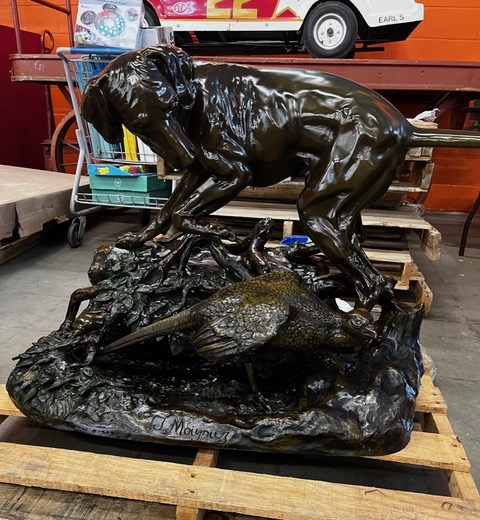
ABOVE LEFT: Pointer and pheasant statue signed J Moigniez – very convincing!
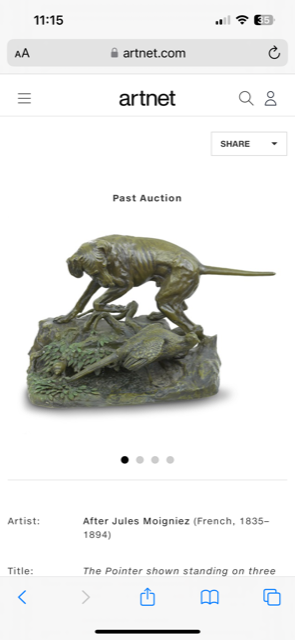
ABOVE RIGHT: A lookalike that Kris had found online
Kris had researched the subject matter along with the purported artist’s name online. He found a lookalike sculpture recorded on a past ArtNet auction.
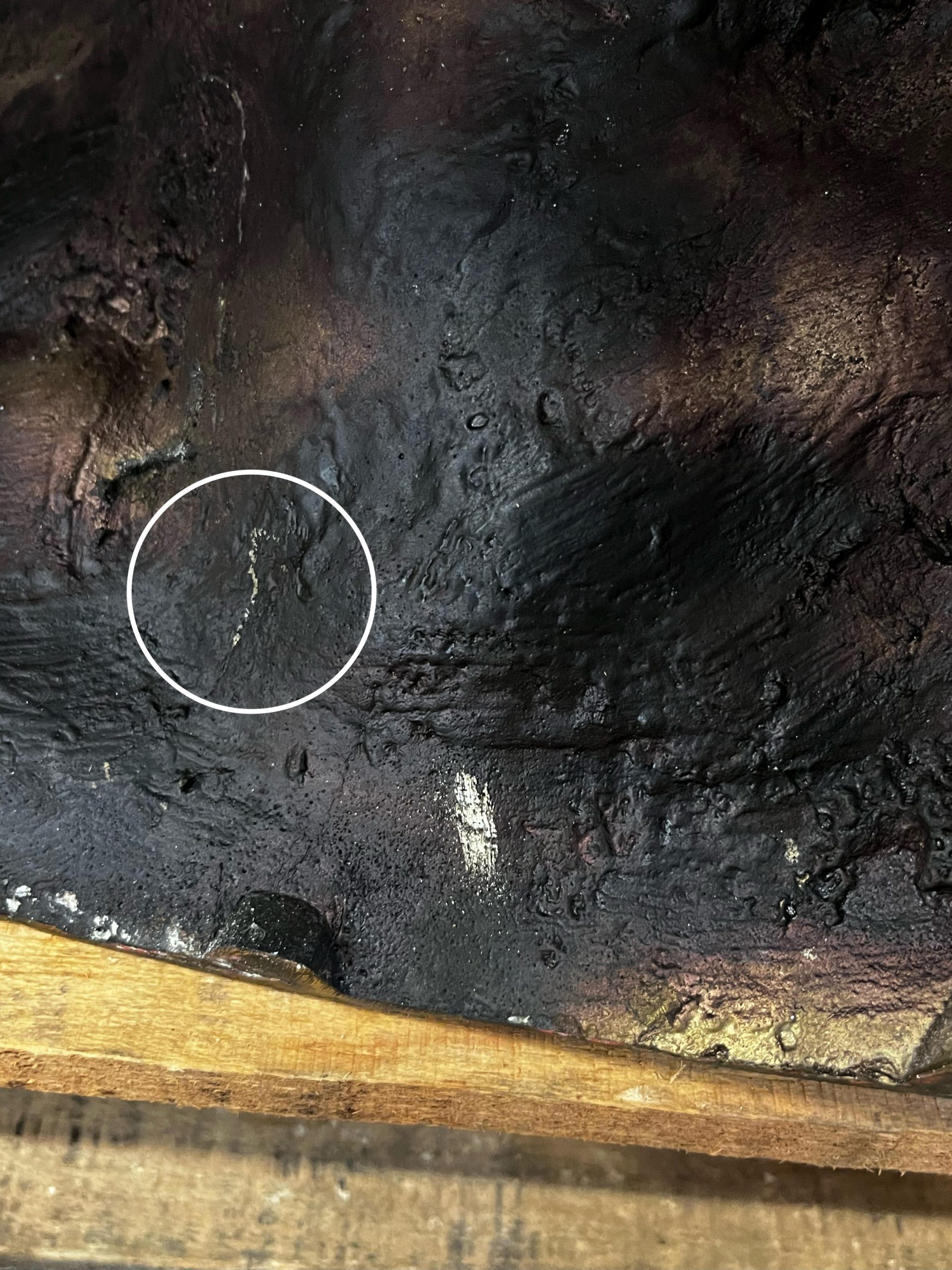
ABOVE LEFT: Making a scratch under the base can reveal gold-coloured bronze metal. All the mess you see (weld lines, holes, and random colouration) is exactly what you’d expect from a foundry bronze casting in a non-visible place. Along with the magnet test a gold-coloured scratch should confirm it is a decent bronze metal statue. But it won’t confirm artist authenticity, only material!
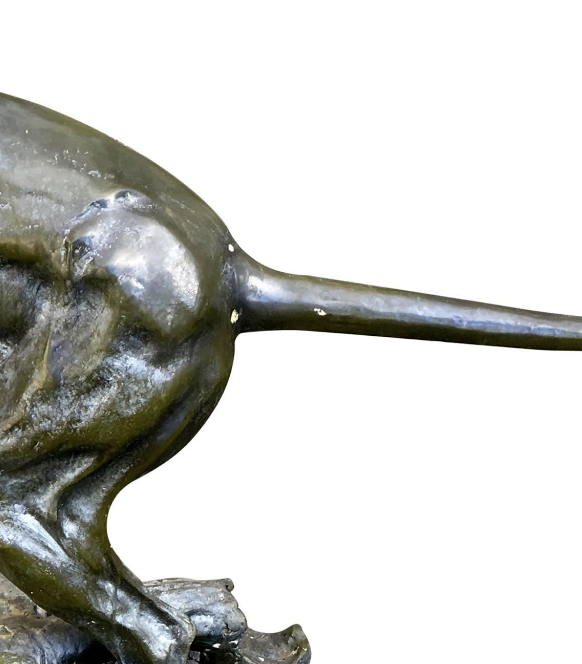
ABOVE & BELOW RIGHT: Copies of statues may not be made of bronze metal, but of a soft material like plaster, which is easier to damage and can be revealed. This soft white plaster is NOT to be confused with the hard white ceramic material that may be visible on the base, where the foundry may not have chipped off all of the one-use ceramic mould.
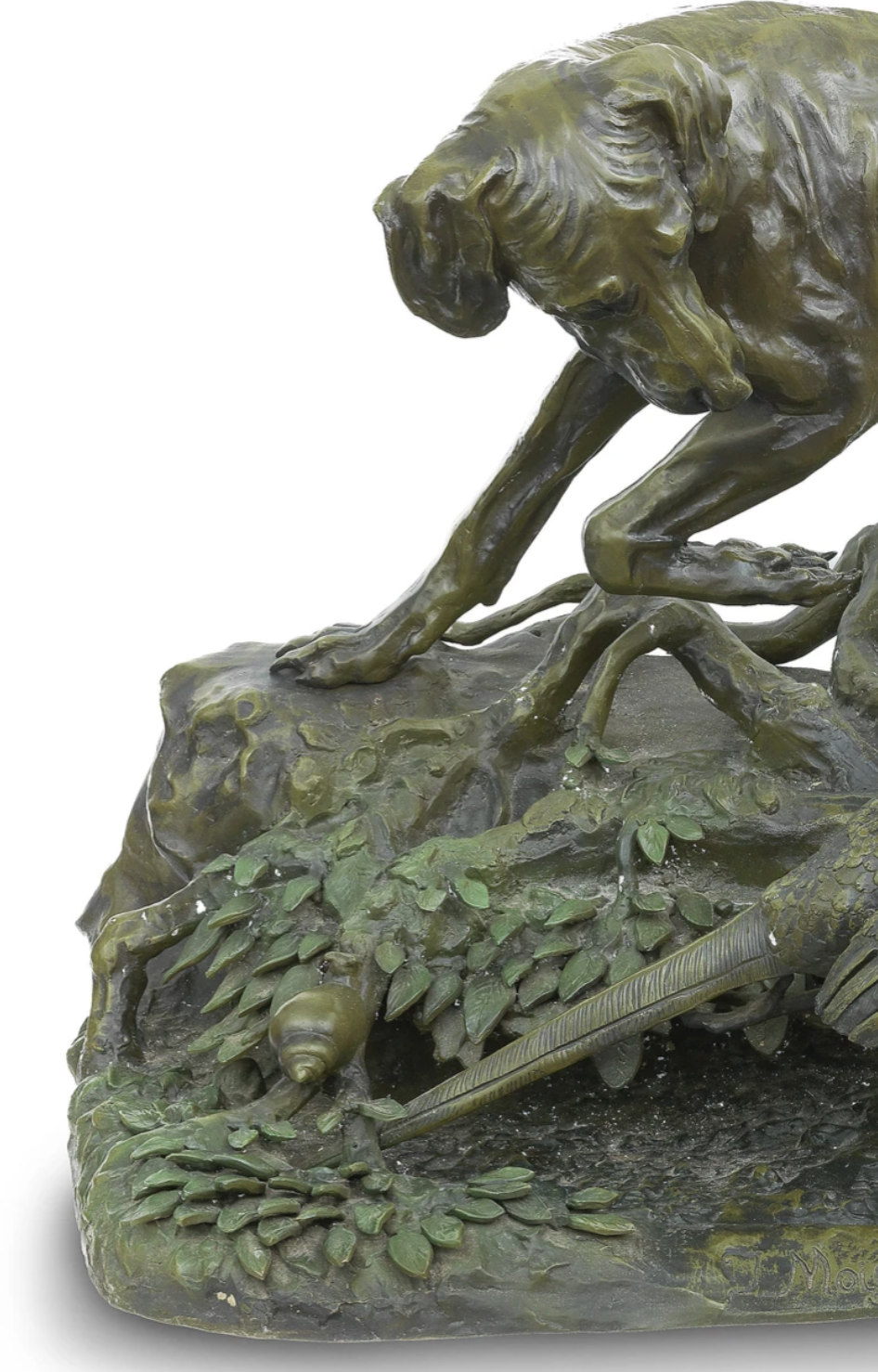
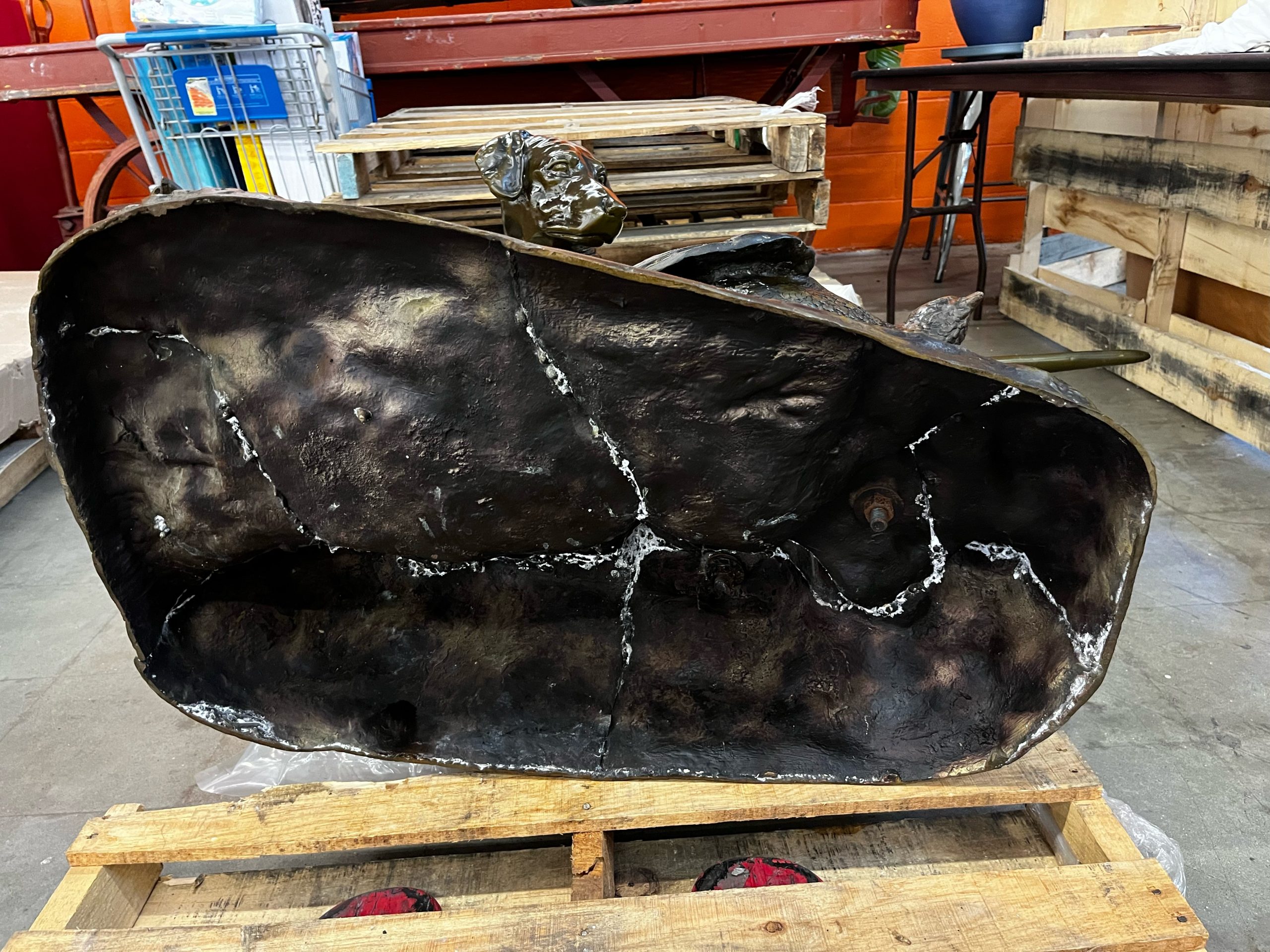
Is ‘Cold Cast Bronze’ falsely mis-sold as antique foundry bronze?
Yes, ‘cold cast’ bronzes are sometimes sold as antique bronzes. The growing use of ‘Cold cast bronze’ has added one more material to quite a long tradition of fakery in the antique sculpture market, increasing the possibility that antique buyers may be caught out.
How does this happen?

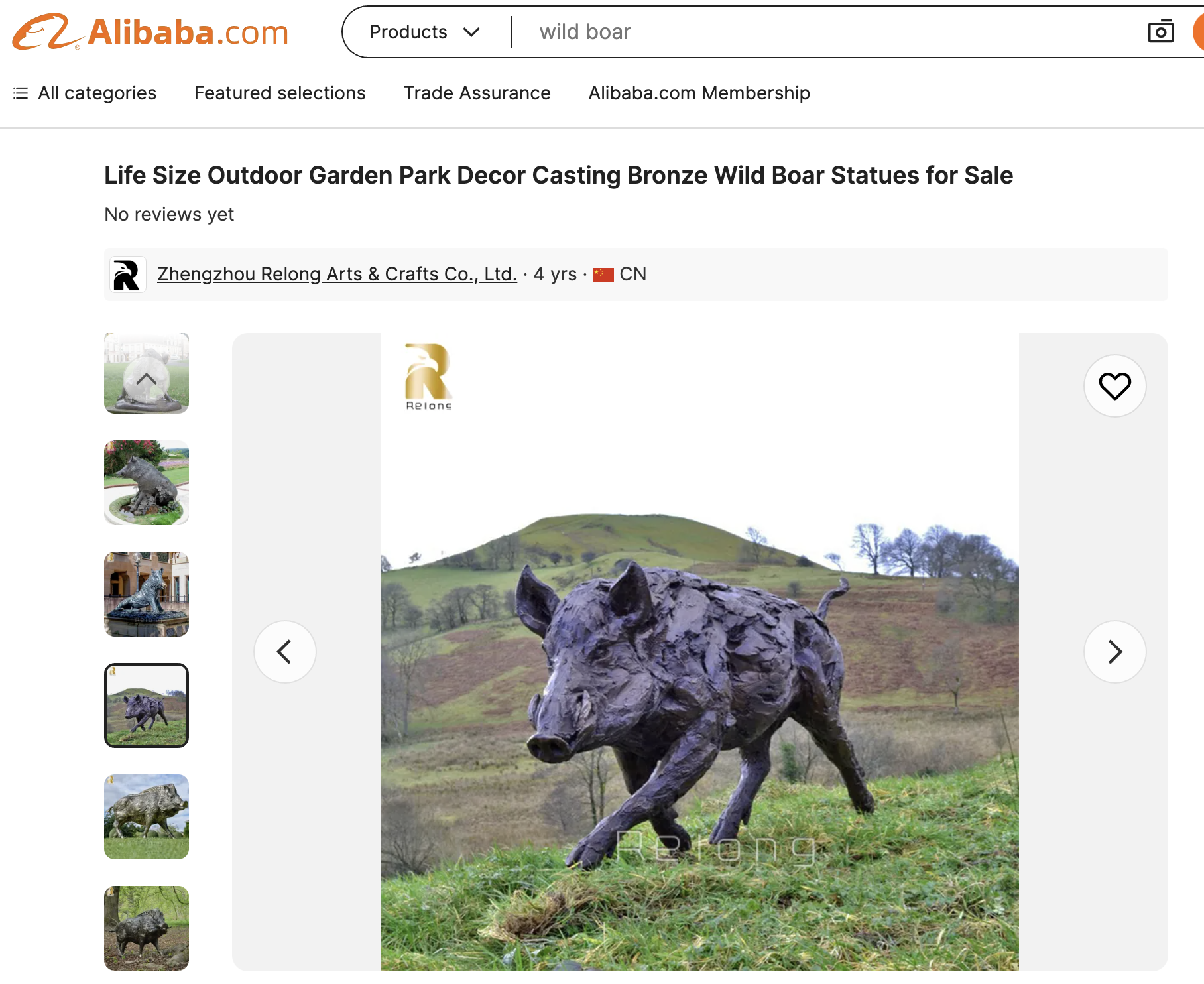
Definitely not my Running Wild Boar – just illegally harvesting images from my website, and hiring a sculptor in China to try to make a copy
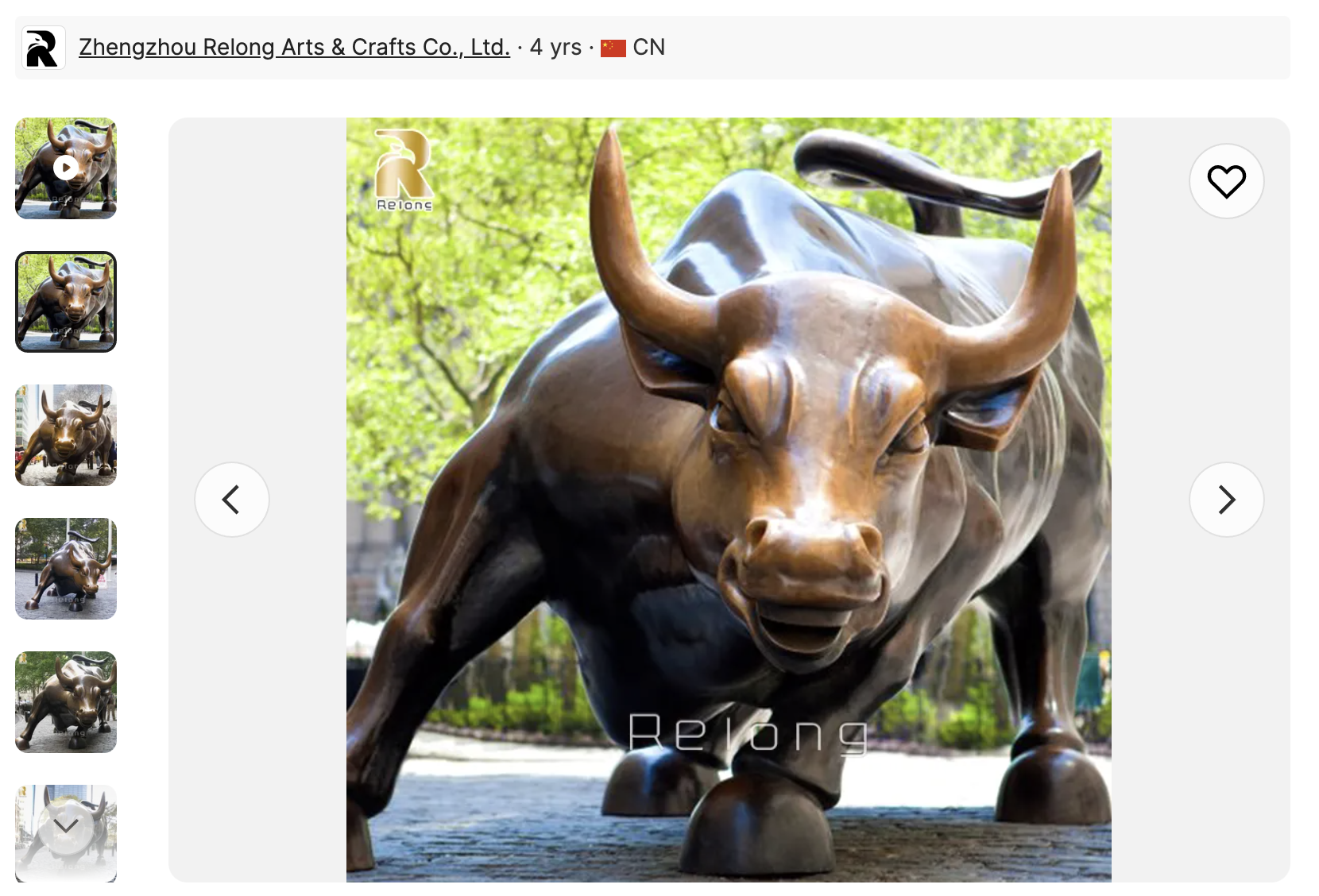
Not the real Wall Street Bull, by Arturo Di Rodica
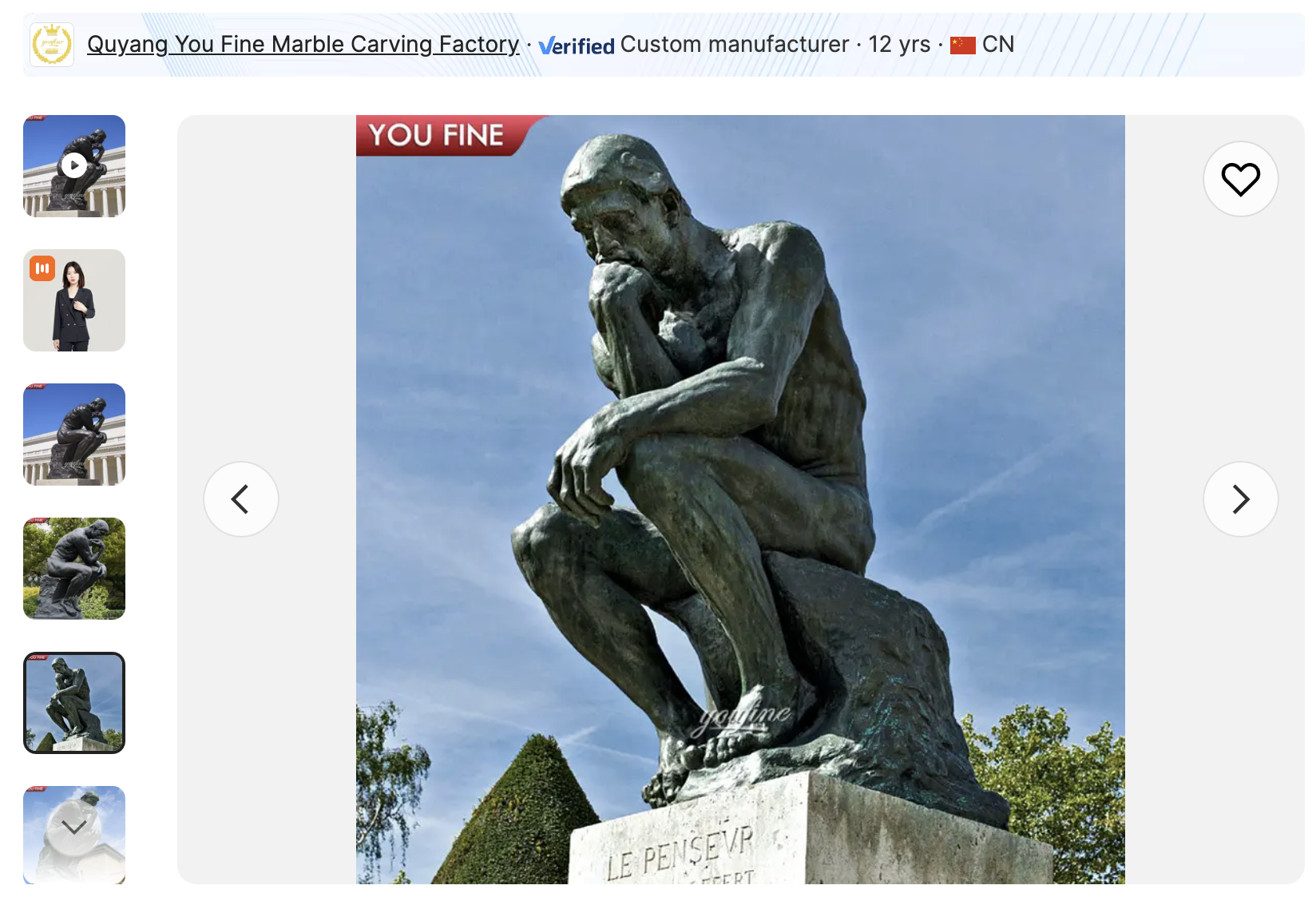
Not the real The Thinker, by Auguste Rodin.
3/ Probably most relevant to antique buyers is the labelling of genuine contemporary copies, themselves antiques, made from the same moulds as the originals (mainly plaster at the moment but this is on the cusp of change). They demand high prices in their own right, but should not be worth anything near the foundry bronzes, because they do not last long. Without specialist care to keep these short-life sculptures in a good state, you have purchased an asset that may be depreciating in value. They are detected with the material tests.
‘Cold cast bronze’ is not the worst offender in the antiques market
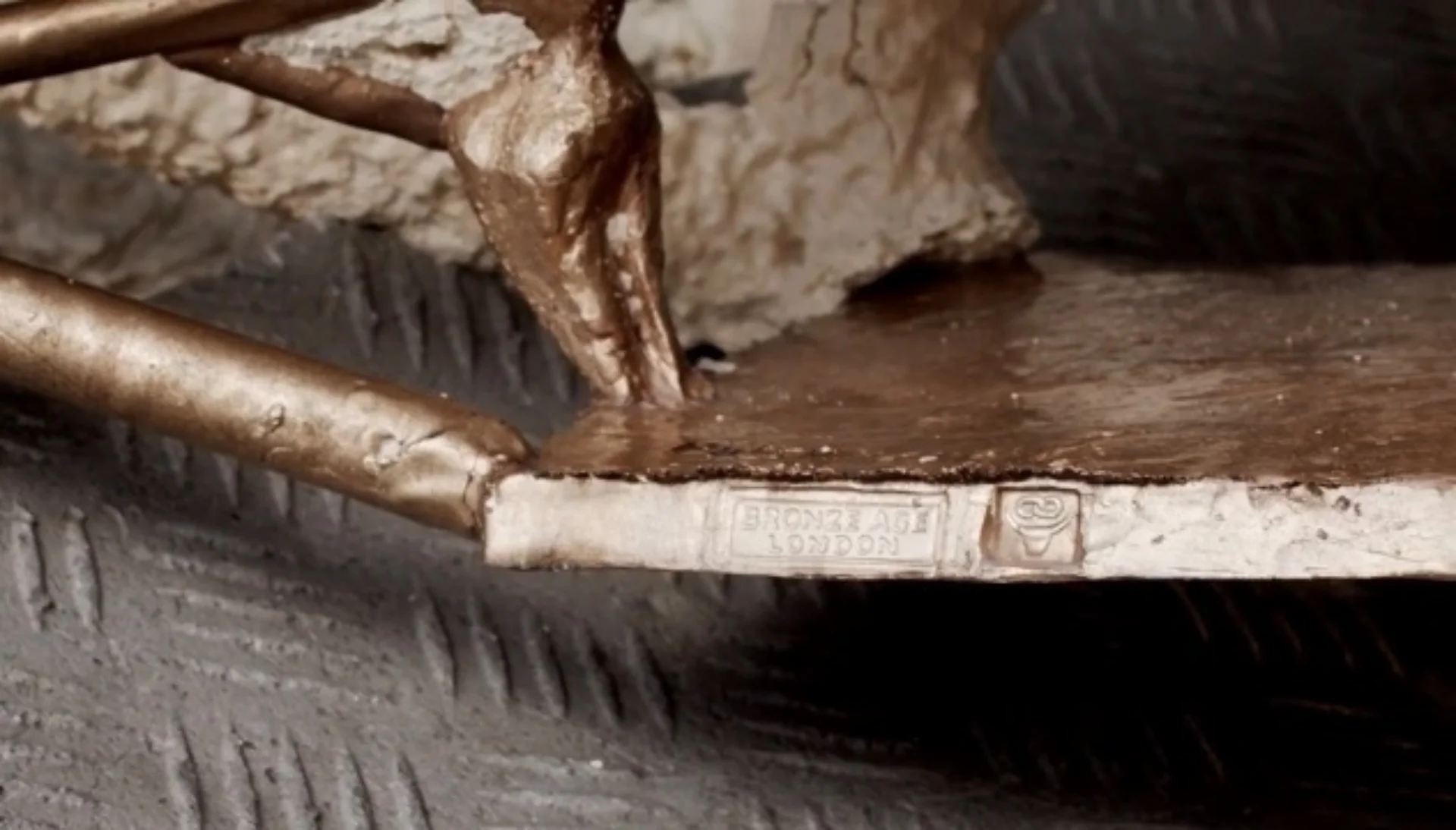
ABOVE: An example of the new bronze hallmark, where an artwork will be registered with the Design and Artist’s Copyright Society
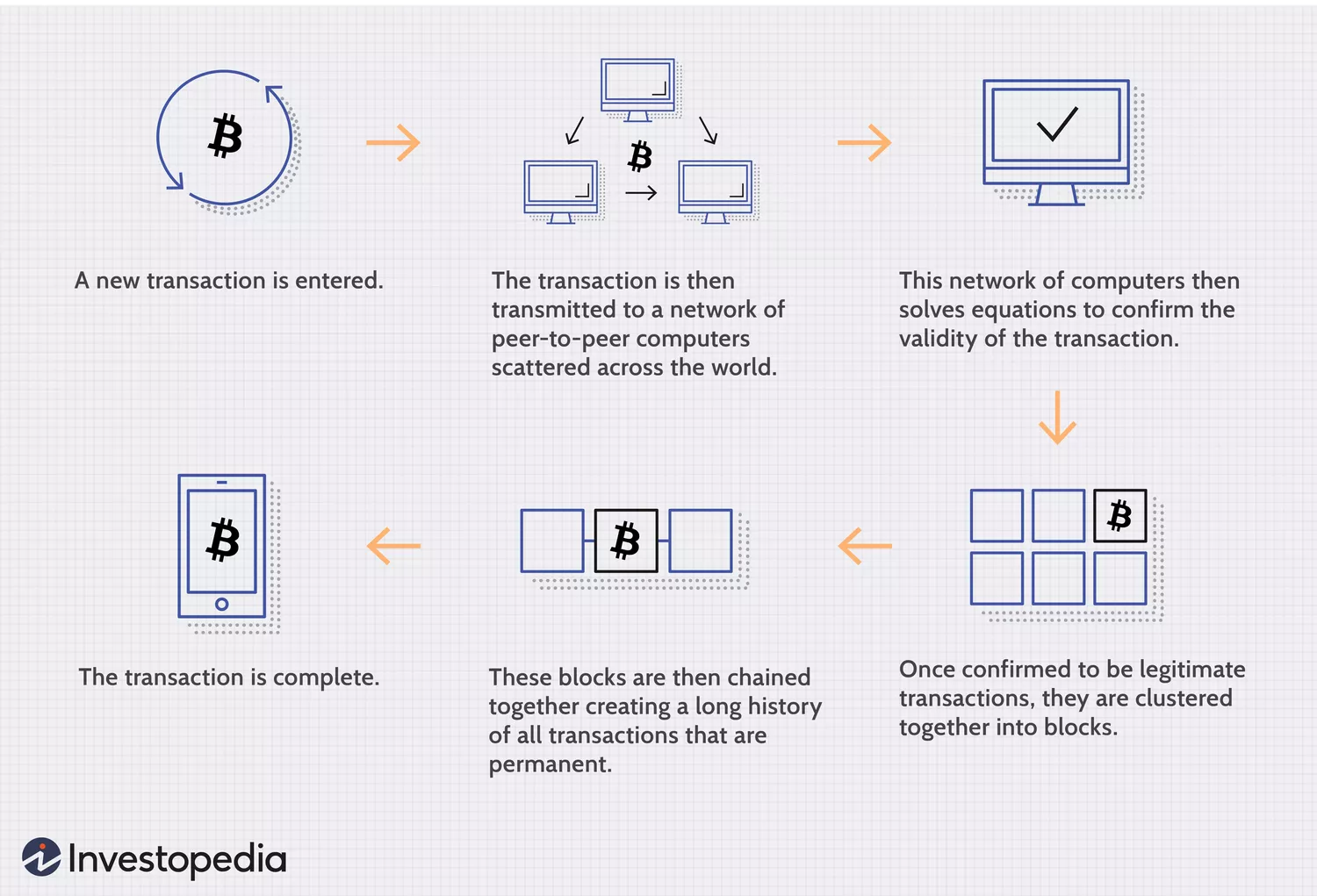
Hallmarking Bronze metal
There is some movement towards the idea of hallmarking bronze. Hallmarking is widely recognised in the jewellery industry for gold and silver, and theoretically it could work for bronze metal too.
It may be more complex to introduce than it first appears: there are more bronze sculpture alloys than you’d expect, foundries often don’t receive alloy certificates, and I wonder if suppliers cast their own ingots or whether they actually import cast ingots from abroad. Implementation aside, it sounds like something we will see talked about more as bronze prices continue to rise.
The largest recent change in hallmarking bronze was a pioneering effort by sculptor Maurice Blik, to introduce a digital hall mark showing the authorship of his work through a block chain. Using the technology that protects cryptocurrencies and NFTs (non-fungible tokens associated strongly with digital art investment and speculation), The Design and Artist’s Copyright Society introduced something they call ‘Bronzechain’. This could represent a much better way of authenticating bronze in the future, as the current certificates of authenticity are so open to forgery. Introduced in 2019, I haven’t heard of this being widely adopted by bronze foundries.
Read more about this in ‘Call for new rules on ‘cold cast bronzes’‘ by Alex Capon, in the Antiques Trade Gazette.
LEFT: Wide adoption of a protected system of authenticity could vastly simplify antique bronze statue purchases in the future. Investopedia illustrates how solving equations can identify legitimacy.
To Summarise
Understanding what genuine bronze is made of, examining the sculpture for indications of quality and authenticity, and being aware of common red flags associated with fake bronze pieces can help you understand how to know if your bronze sculpture is real.
Even if a statue is not real bronze, it may still be valuable. There are antique plaster or resin copies that retain a lot of value, despite not being as valuable as an original foundry bronze.
If you are still in any doubt, seeking the opinion of a reputable art expert can provide additional reassurance and verification of authenticity. Don’t ask me to authenticate a statue you bought, because I can’t tell by looking at your photos! However, if you do decide to buy one of my foundry bronze sculptures directly from me, I guarantee that you will receive a real bronze 🙂
Explore Related Articles
What is Patina in Bronze Sculpting?
Patina is the term used to describe the coloured coating that forms on the surface of bronze sculptures, either naturally – over time, or through the process of foundry patination, (sometimes also known as antiquing). Foundry patination, followed by the natural development of the patina, gives rise to a range of colours, textures, and finishes.
Bronze vs Spelter: What are the differences?
When it comes to sculptures in the art world, there are a vast amount of material choices that exist for their creation. Similar to Foundry Bronze, Spelter is a common material that has been used for sculptures and decorative objects since the 19th and 20th centuries.
Commissioning a Bronze Dog Sculpture: What to Look For & FAQs
I ship my bronze dog statues around the world, and if you are looking for indoor or garden bronze dog sculptures, I’m really happy to help. So here are some tips that help answer the most common questions asked when looking for bronze dog statues.

Tanya Russell MRBS
Bronze Sculptor
Tanya Russell has become well known over the last 30 years for her life-like and vibrant animal sculptures.
Having apprenticed for 7 years with her parents, sculptors Lorne McKean FRBS and Edwin Russell FRBS and after practicing as a sculptor for a number of years, she founded the The Art Academy in London Bridge, now a thriving art college. She has completed many public and private commissions nationally and internationally.
For Tanya, her practice is not only about capturing the animals she sculpts with marks and movement. It’s about our relationships with those animals and their welfare.

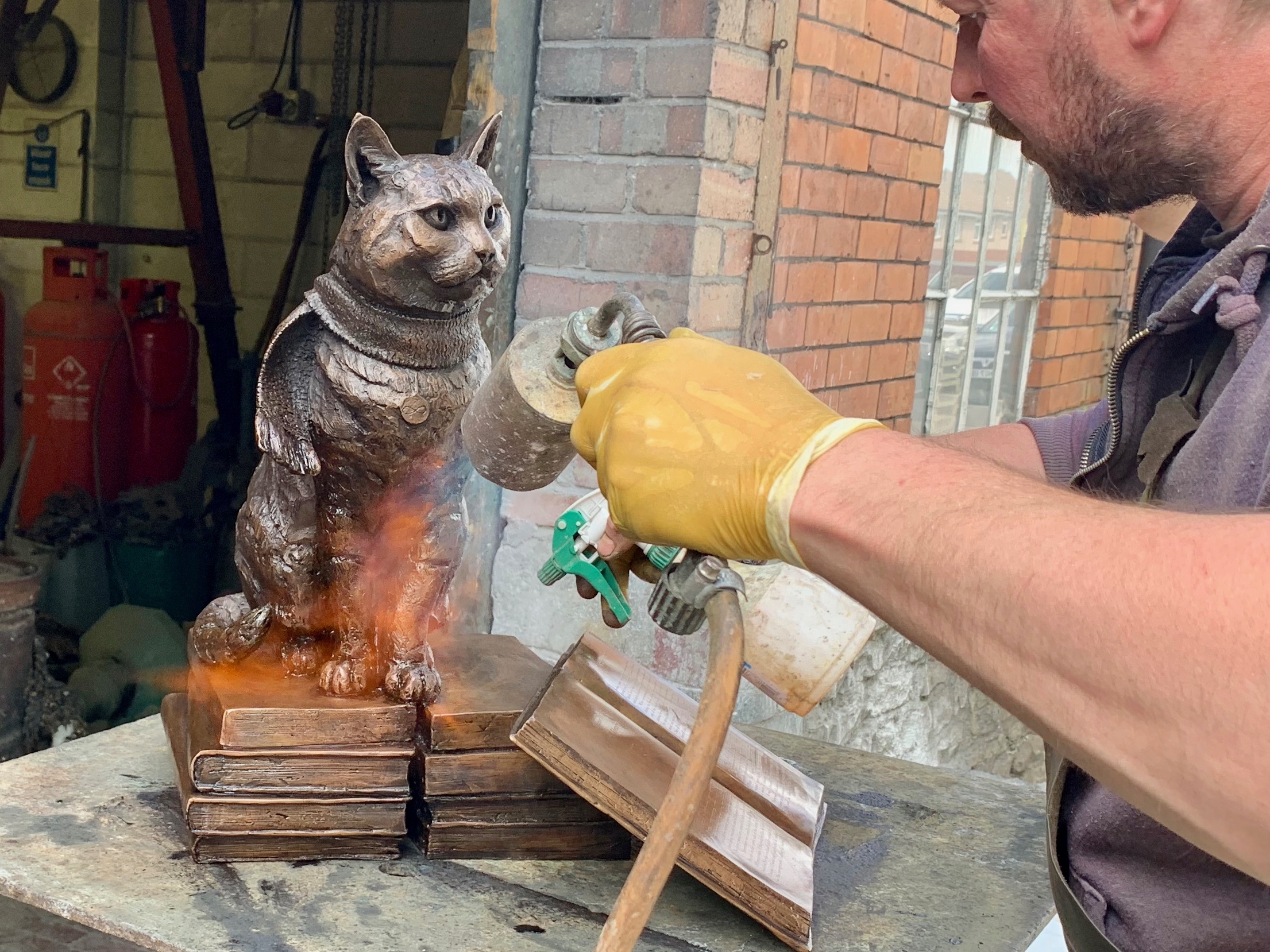
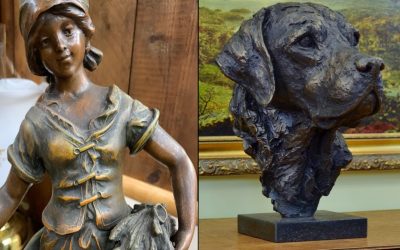
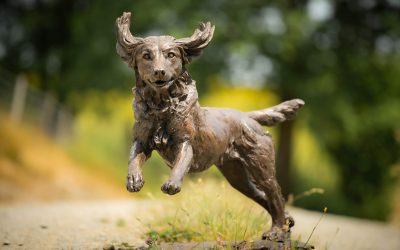
Follow The Artist
Keep up to date with Tanya's latest work!